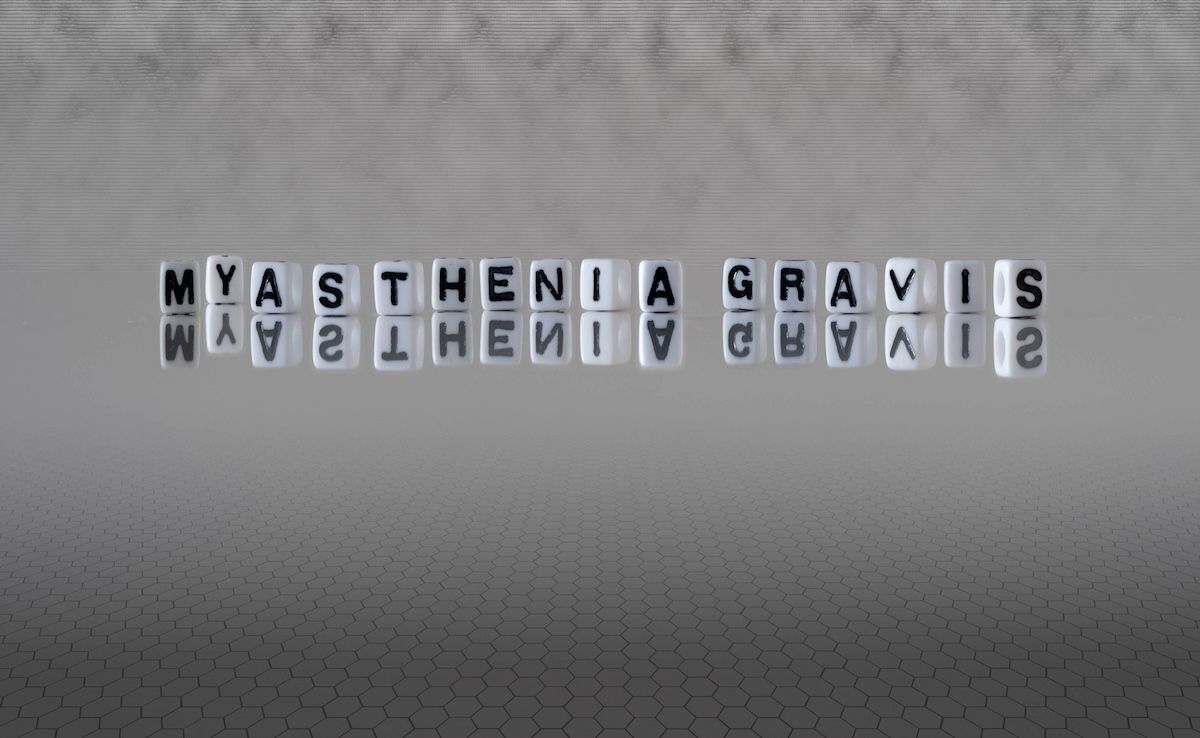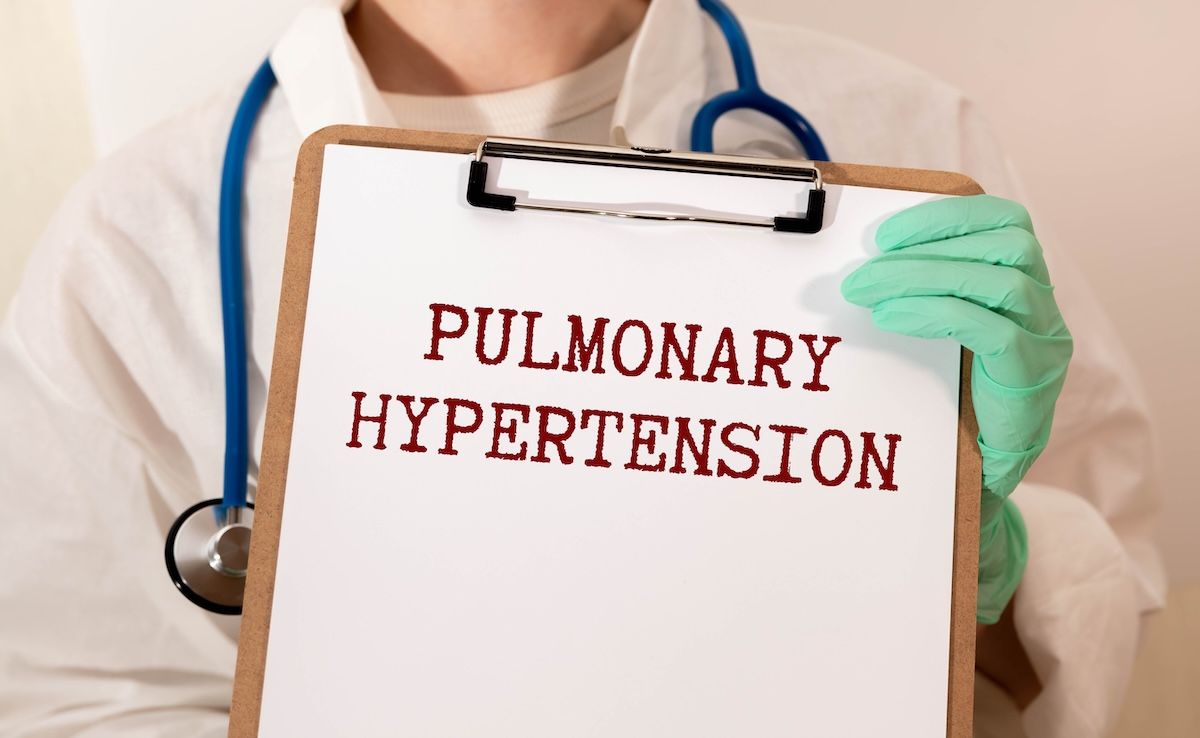Video
Standard Approaches to the Treatment of HE
Transcript:
Arun B. Jesudian, MD: Great. And the final part of the approach is that we’re going to start treatment for hepatic encephalopathy, and the 2 agents we most commonly use are lactulose and rifaximin. Dave, maybe you can tell us a little bit about those 2 medications. What’s their mechanism of action, [and] how are they going to help a patient with hepatic encephalopathy?
David M. Salerno, PharmD: Sure. So lactulose, [as] you mentioned, is kind of our current standard of care, and it’s really been used for a period of decades, even before a lot of some of the randomized trials kind of come out for this. So lactulose is a nonabsorbable disaccharide that is broken down in the colon. So there’s kind of a couple of different mechanisms or proposed mechanisms by which it can reverse or it can treat episodes of hepatic encephalopathy.
So the first [is] that as it’s broken down in the colon, it’s broken down to acetic acid as well as lactic acid. The point here being that the acidification of the colon is then going to prevent ammonia from being absorbed into the portal system. Instead we’re going to have a conversion to ammonia.
Lactulose also causes an osmotic cathartic effect. So increasing the gut transit time is something that also will prevent the absorption of ammonia. There [are] also some…less described mechanisms by which lactulose can potentially [have] a prebiotic effect, in such that the nonabsorbable disaccharide component of it may preferentially select certain gut microbiome, but there’s kind of for and against data that [are] sort of supporting those things and even some things that are kind of on the horizon for that.
Lactulose is the medication that, when first initiating therapy for a patient, we usually use somewhere between 20 and 30 grams every 2 to 4 hours, trying to induce bowel movements in patients. As we had mentioned previously, a lot, 1 of the precipitating factors for encephalopathy is constipation. So ensuring that patients are having 1 to 2 bowel movements per day, and in some cases even more, in order to reverse these severe episodes of hepatic encephalopathy are very important.
Now, lactulose…does come with some [adverse] effects as well. Particularly we mentioned another precipitating factor. By giving too much lactulose and inducing too many bowel movements, this may ultimately dehydrate the patient. It can cause hypovolemia, which would then, of course, precipitate another event of hepatic encephalopathy.
Additionally, a lot of the patients don’t love the fact that they need to be having 2 [or] 3 bowel movements per day, and perianal irritation is something that’s [so] common for these patients that they’ll bring up that they really don’t like taking the lactulose. And additionally, it kind of has a little bit of a funky taste. And a lot of patients, even when they come to me after liver transplant, they’ll say, “Hey, I’m so glad that now I can finally stop taking the lactulose.”
Rifaximin kind of, on the other hand, is also a nonabsorbable compound. However, in this case it’s actually an antibiotic. So it’s part of the rifamycin class of antibiotics that is preventing or is inhibiting the bacteria in the colon [that] then produce ammonia, and that gets absorbed into the portal system.
Elliot B. Tapper, MD: If I could just jump in and say one thing, and I really like that explanation of the multiple mechanisms of lactulose. But to reframe it in the context of the patient who is showing up in our emergency [department], I like to talk to the house staff about 2 different approaches to the use of lactulose.
First is you need an induction dose, and then there’s the maintenance dose. And the maintenance dose is the number of bowel movements that patient needs to be of their normal baseline cognition. But in order to induce remission of that overt episode, you may need to give them a lot of lactulose first. So in that context, [ordering] titrate [for] 3 bowel movements daily is grossly inadequate for the patient who’s showing up with inability to predict their airway.
Steven L. Flamm, MD: Absolutely. You need to administer; you know a lot of patients and their families want to know what to do at home when a bout of HE is in its earliest stages. Because they identify it. Once patients have this once or twice a day, their family members often know what’s happening before it happens or when it’s starting. And they will contact the nurse, and the first thing the nurse tells them, at home, is give extra lactulose. Take a cup, and take it right now. And if you’re starting to get better in an hour or two, take another cup—even before the patient comes into the hospital. So that’s absolutely the approach. It’s not necessarily based on bowel movements in the acute setting. And once you start to turn a patient around, that’s when you start to [think] about the maintenance dose, which of course is based on [the] number of bowel movements daily.
Arun B. Jesudian, MD: Dave, you mentioned some potentially adverse reactions to lactulose, mainly the taste and the diarrhea and irritation around the anus if you’re having that many bowel movements. Rifaximin—are there any safety concerns with that medication?
David M. Salerno, PharmD: Rifaximin doesn’t have too many safety concerns associated with it, particularly because it doesn’t get absorbed into the systemic circulation. So more often than not…when I’m counseling a patient about taking rifaximin, I don’t particularly go over a lot of [adverse] effects that they might experience. There are some things that are published case reports of resistant-type infections, such as C [Clostridium] difficile, but again, those are sort of on the case-report level. And even if you’re interested, you can. There [are] in vitro data to say that rifaximin may even have some activity against C diff, not to say that it’s necessarily a treatment for it. So the [adverse]-effect profile of rifaximin is quite minimal.




